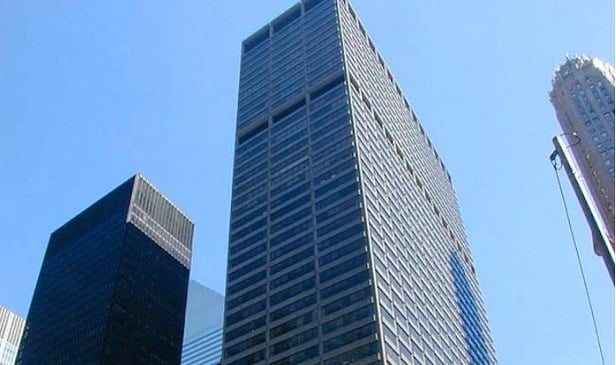(Read more on the debt and equity markets.)
HONG KONG-The subprime meltdown is having its evil way with the Asian markets as well, but the impact is minimal and causes no real reason for furrowed brows. That is the upshot of a briefing held by CB Richard Ellis on the eve of Mipim Asia, being held here.
"In 1997 or '98 the financial markets were not as resilient," stated Asia Pacific chairman and CEO Rob Blain. Today, the markets are "much more structured." With that as preamble, Blain and Greater China president and CEO Chris Brooke broke the Asian markets down into three segments: India, Japan and China, reporting essentially good news in all three.
Blain noted that his firm has noticed a decrease in bidders on a per-property basis, due to the subprime situation, particularly in Japan. "We used to have eight or 10 top-quality bidders," he said. "That's been reduced by half." It's true as well he said in cities such as Singapore. But those left standing are the core-plus players, and the highly leveraged bidders have been sidelined. The decrease in investors has not affected the time to close a deal, he added.
His outlook for Japan includes a continuation of "inbound investors, and second tier cities are taking shape as alternative markets."
The outlook is equally rosy for India, though Blain warned that it wasn't a market "for the faint of heart." He urged offshore types to JV with local partners who can navigate the bureaucratic ropes. He stated that India is experiencing a shortage of international-quality commercial space, making it a juicy target for outside investors with "an appetite for qualified risk."
The positive outlook extends to China, although Chris Brooke noted that government restrictions on offshore capital have challenged foreign investors to get a bit creative. "Straight-forward asset acquisition has become more difficult," he stated, given the government's dictate that 50% of the equity contribution go to local entities. This has resulted in a lot of "hot" money going elsewhere while the long-haul players find local vehicles to partner with in the face of the new regulations.
Despite the new challenge, China is looking at an influx of 200 million people into CBDs over the next 20 years, a prediction that bodes well for the real estate market. "Strong underlying fundamentals will create a continued positive outlook," Brooke stated.
Continue Reading for Free
Register and gain access to:
- Breaking commercial real estate news and analysis, on-site and via our newsletters and custom alerts
- Educational webcasts, white papers, and ebooks from industry thought leaders
- Critical coverage of the property casualty insurance and financial advisory markets on our other ALM sites, PropertyCasualty360 and ThinkAdvisor
Already have an account? Sign In Now
© 2024 ALM Global, LLC, All Rights Reserved. Request academic re-use from www.copyright.com. All other uses, submit a request to [email protected]. For more information visit Asset & Logo Licensing.








